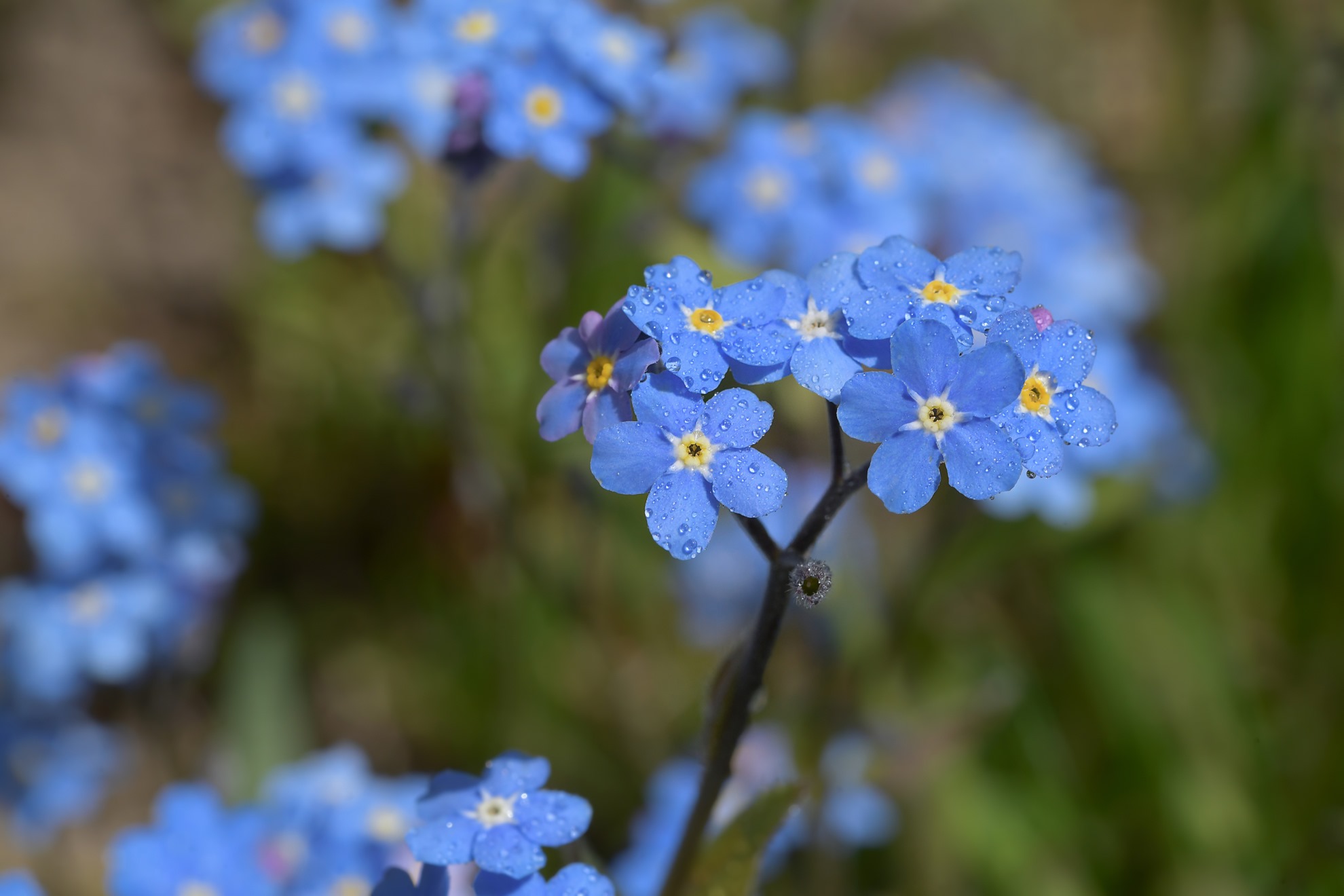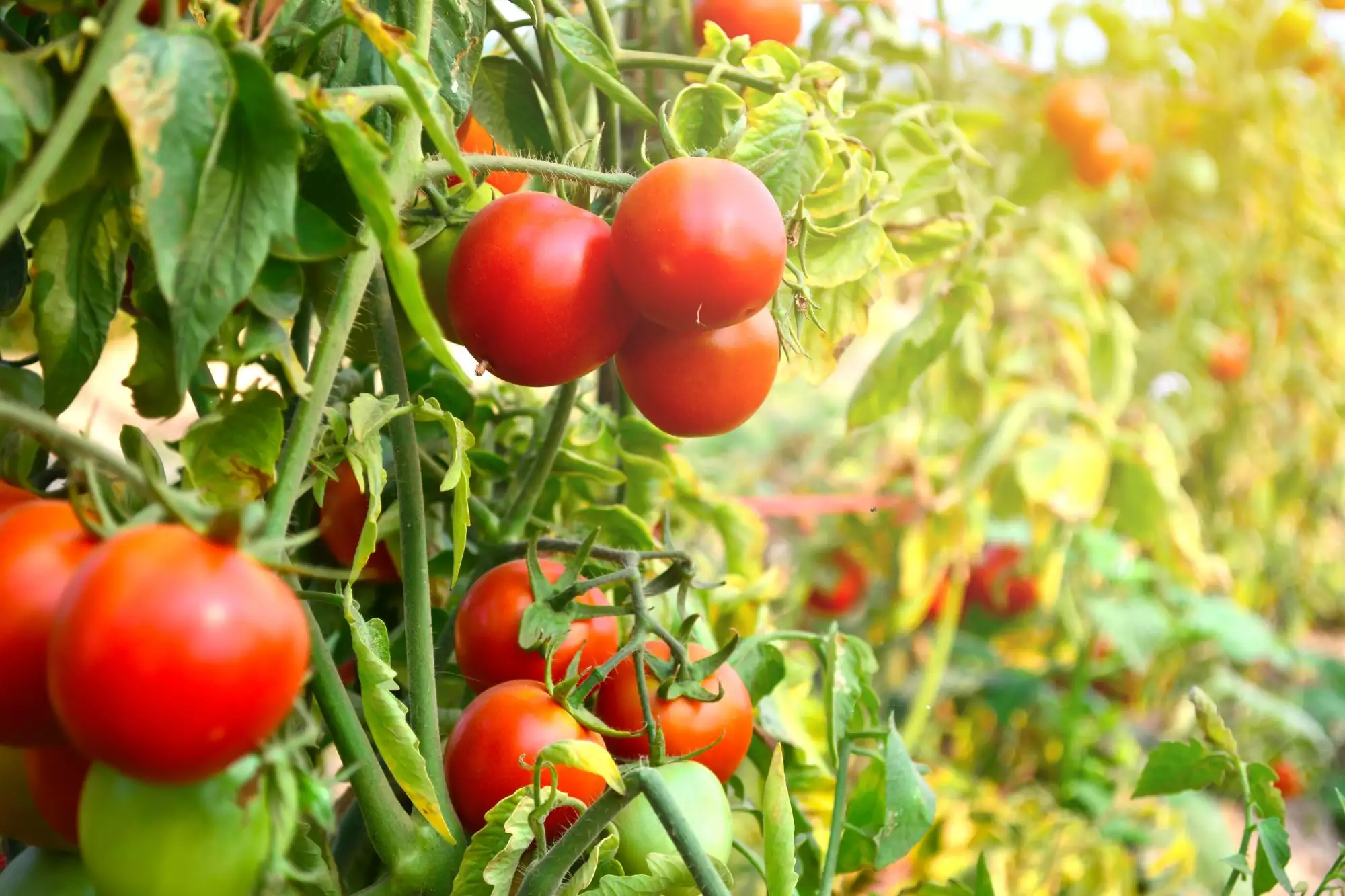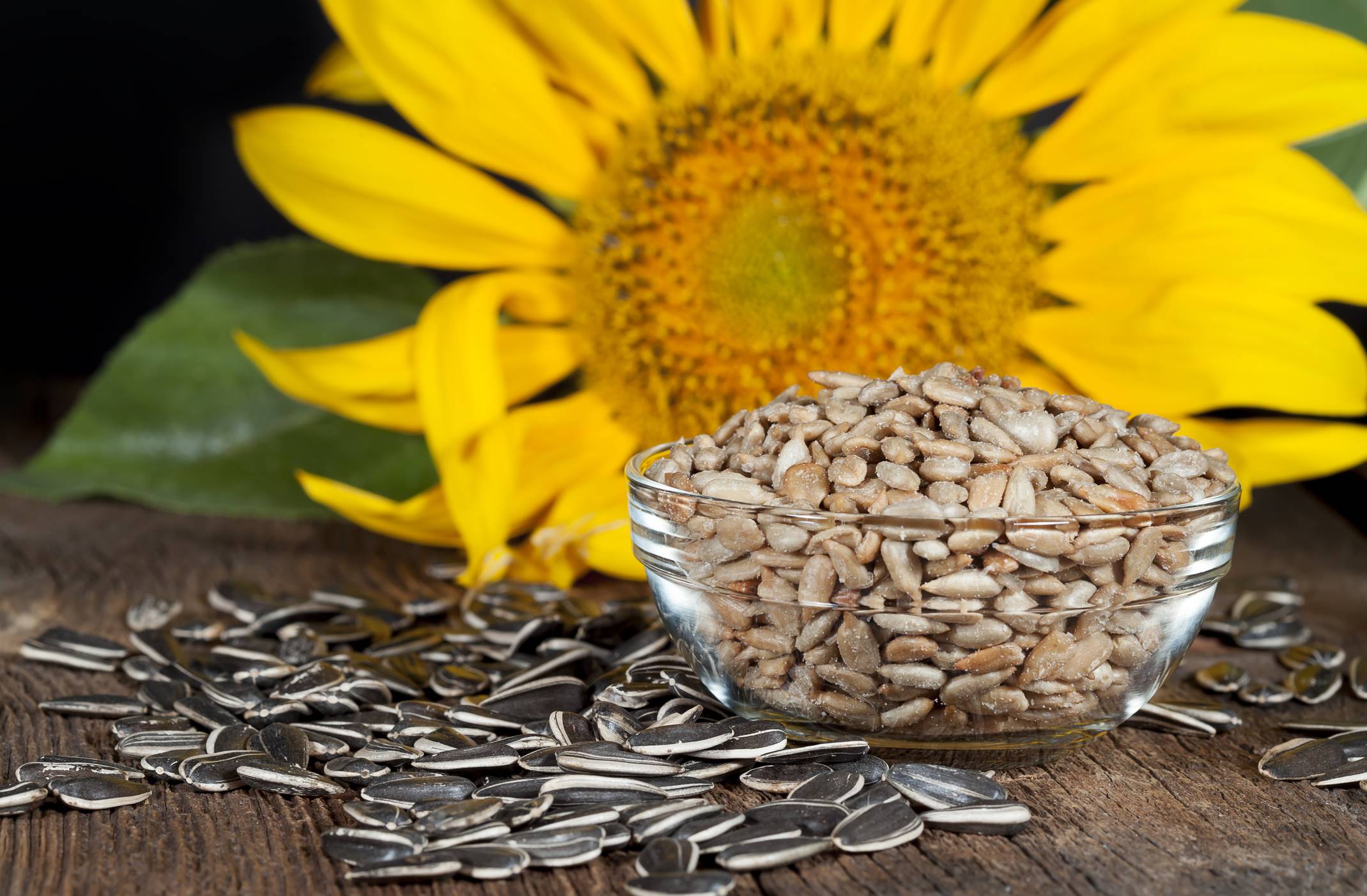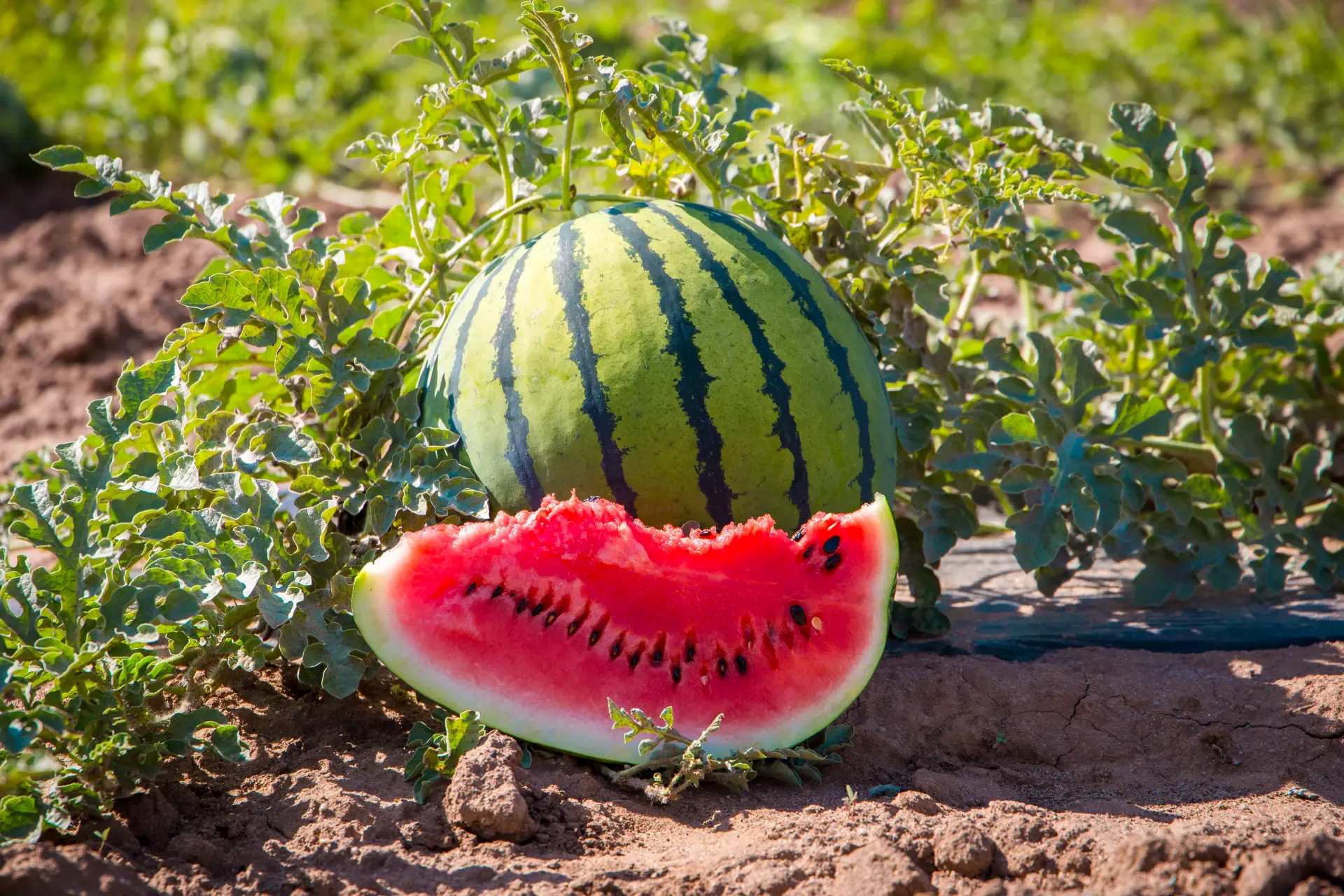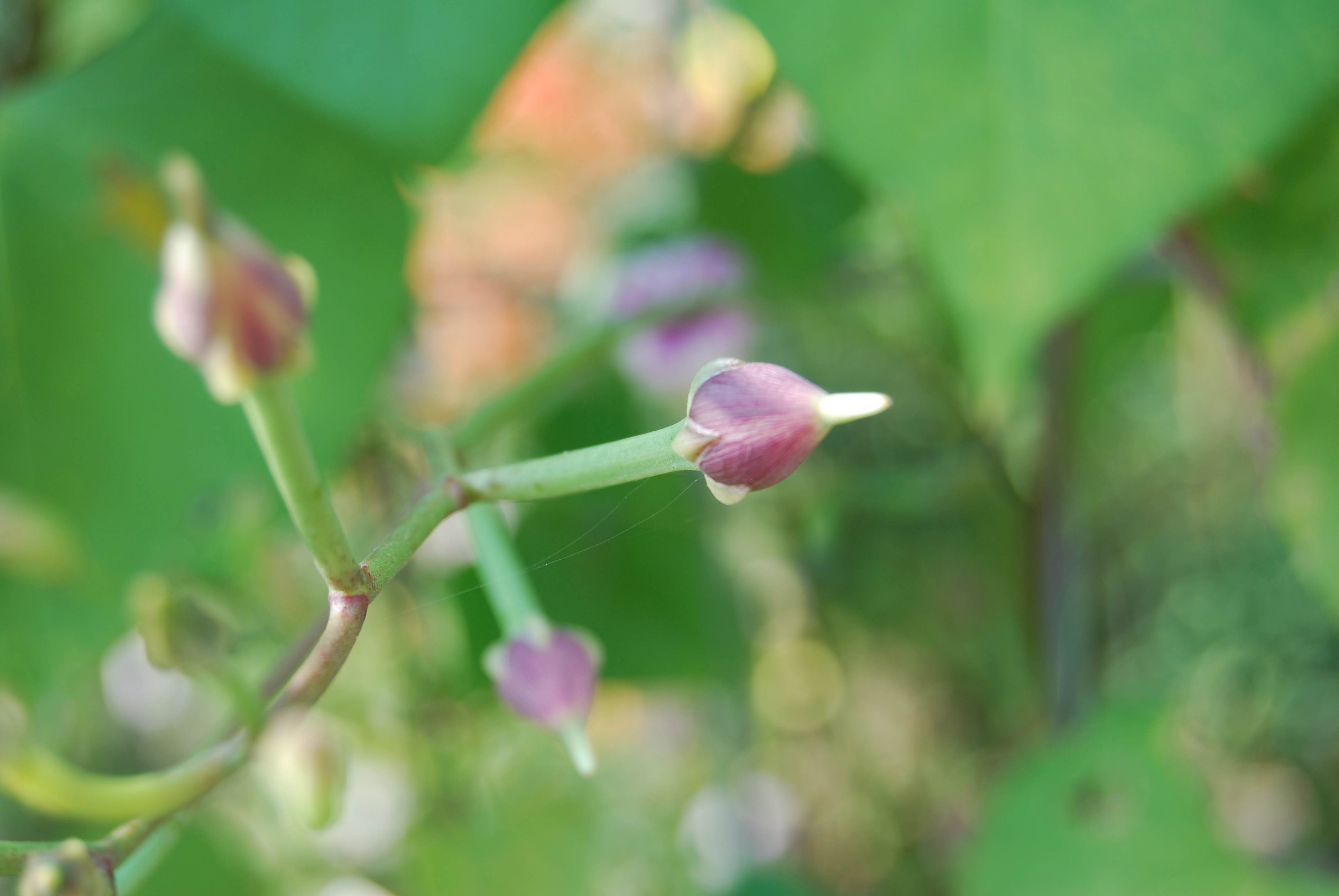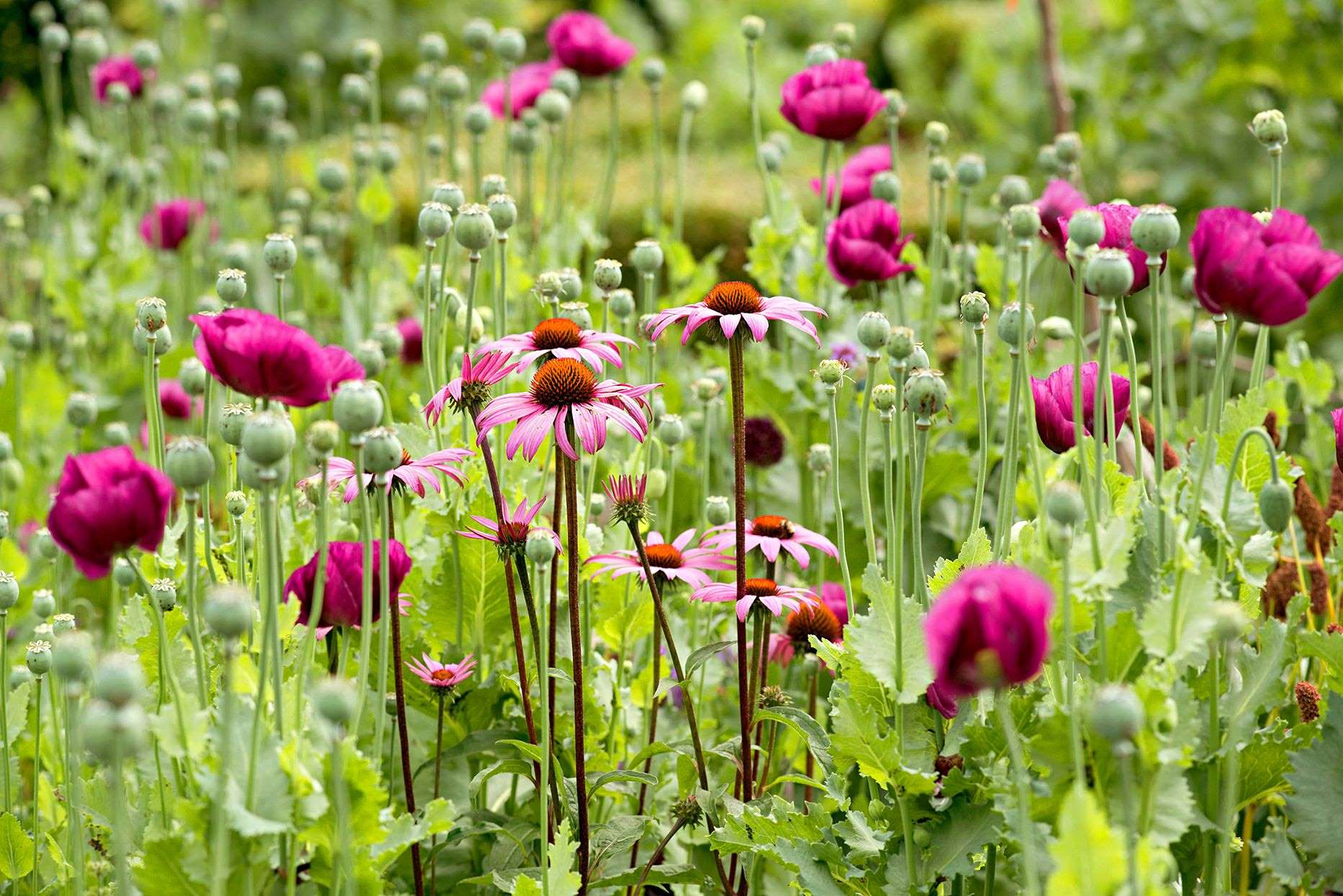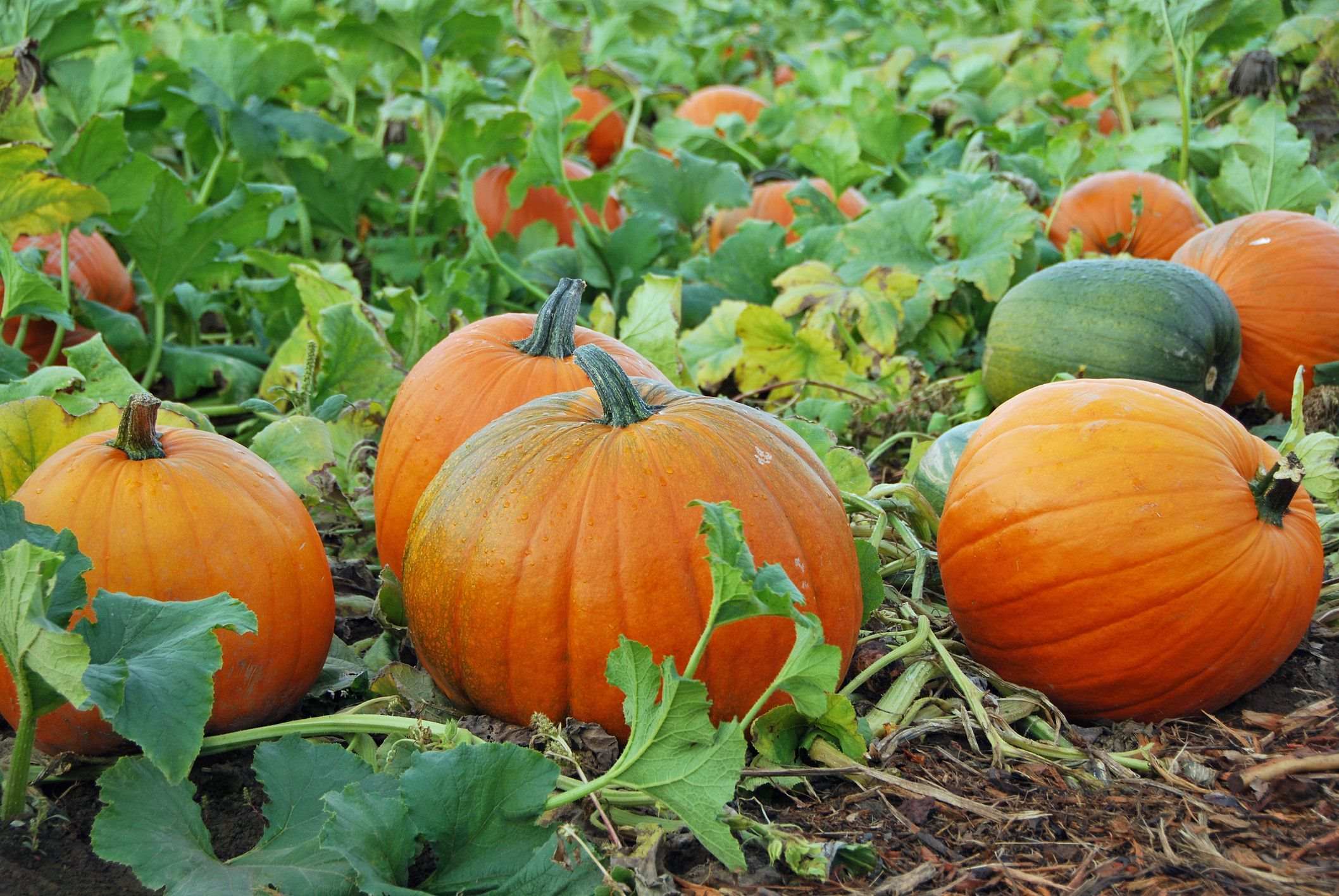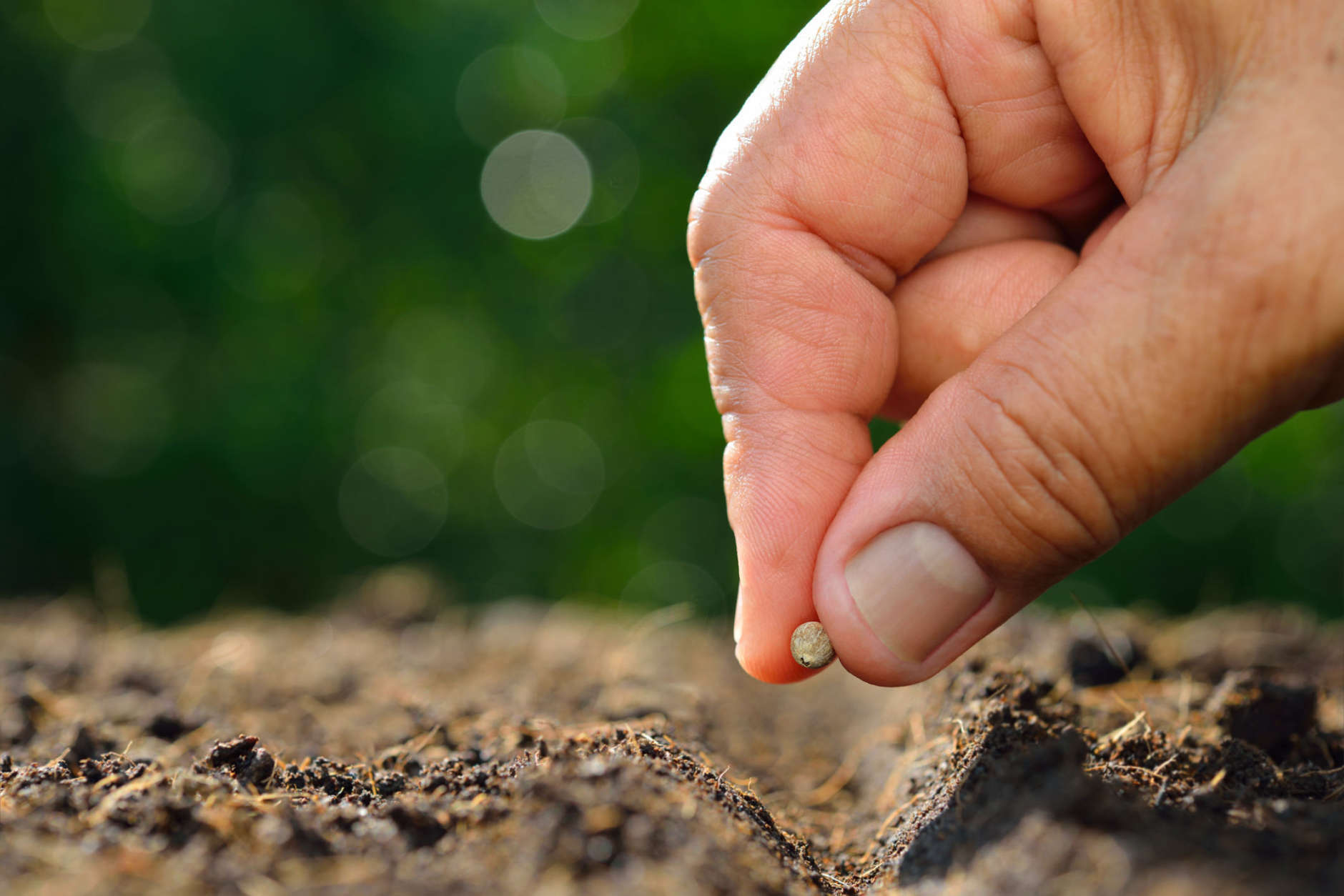Home>Gardening Techniques>Seasonal Gardening>When To Plant Moonflower Seeds
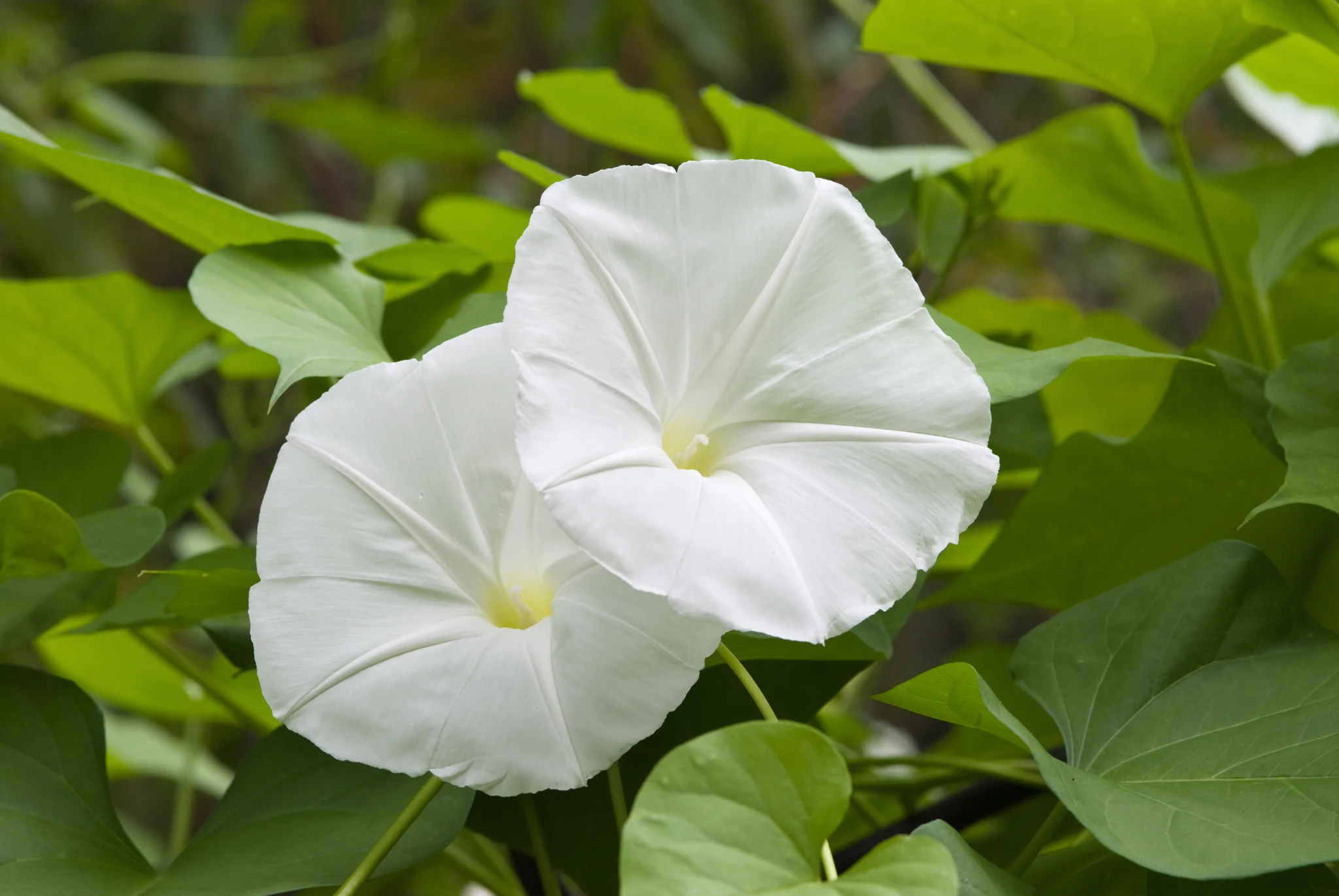

Seasonal Gardening
When To Plant Moonflower Seeds
Modified: February 9, 2024
Learn when to plant moonflower seeds and enjoy beautiful blooms with this seasonal gardening guide. Get tips on the best time of year to sow and care for your moonflowers.
(Many of the links in this article redirect to a specific reviewed product. Your purchase of these products through affiliate links helps to generate commission for Chicagolandgardening.com, at no extra cost. Learn more)
Table of Contents
Introduction
Welcome to the wonderful world of gardening! If you’re a fan of fragrant and enchanting blooms, then you’re in for a treat with moonflower plants. Moonflowers, scientifically known as Ipomoea alba, are a type of night-blooming vine that produce large, white, trumpet-shaped flowers. These stunning flowers open up in the evening, releasing a sweet aroma that attracts nocturnal pollinators like moths and bats.
Whether you’re a seasoned gardener or just starting out, planting moonflower seeds in your garden can be a rewarding and magical experience. However, to ensure your moonflowers thrive and bloom abundantly, it’s important to understand the best time to plant them, as well as how to care for them.
In this article, we’ll discuss the factors to consider when planting moonflower seeds, the optimal time for planting indoors and outdoors, and essential care tips to help your moonflowers flourish. So, let’s dig in and uncover the secrets to creating a stunning moonlit garden!
Factors to Consider
Before diving into the specific timing for planting moonflower seeds, let’s explore the important factors you should consider to ensure successful growth:
- Climate: Moonflowers thrive in warm climates, with temperatures ranging from 50 to 80 degrees Fahrenheit (10 to 27 degrees Celsius). They are typically grown as annuals in cooler regions, but can be grown as perennials in warmer zones.
- Soil: Moonflowers prefer well-draining, loamy soil with a pH level between 6.0 and 7.5. Before planting, make sure to enrich the soil with organic matter, such as compost or aged manure, to improve its fertility and texture.
- Location: Moonflowers need full sun to thrive, so choose a planting location that receives at least 6 to 8 hours of direct sunlight per day. If you live in a hot climate, partial shade in the afternoon can help protect the plants from scorching.
- Support: Moonflowers are vigorous climbers, so they require sturdy support to grow and twine around. You can use trellises, fences, or arbors to provide vertical support and create a beautiful display of trailing vines and flowers.
- Watering: Moonflowers need regular watering, especially during dry periods. Keep the soil consistently moist, but not waterlogged, as excessive moisture can lead to root rot. Be mindful not to overwater during the cooler months when growth slows down.
- Timing: Lastly, timing is crucial when it comes to planting moonflower seeds. Understanding the best time to sow them indoors or outdoors plays a significant role in their successful germination and growth.
By taking these factors into account, you’ll create a favorable environment for your moonflowers to thrive and become the star of your garden.
Best Time to Plant Moonflower Seeds
The ideal timing for planting moonflower seeds depends on whether you plan to start them indoors or sow them directly into the garden. Let’s explore the best times for both options:
Planting Moonflower Seeds Indoors:
If you want to get a head start on the growing season, planting moonflower seeds indoors is a great option. Start the seeds indoors 4 to 6 weeks before the last expected frost date in your area. This allows the plants to establish a strong root system before being transplanted into the garden.
To start moonflower seeds indoors, fill seed-starting trays with a well-draining seed-starting mix. Place 2 to 3 seeds in each cell, and cover them with a thin layer of soil. Keep the trays in a warm location, around 70 to 75 degrees Fahrenheit (21 to 24 degrees Celsius), and provide them with plenty of light. You can use fluorescent grow lights or place the trays near a sunny window.
After the seeds germinate, thin them out to one healthy seedling per cell. Once the danger of frost has passed, usually in late spring or early summer, transplant the moonflower seedlings into the garden, spacing them about 12 to 18 inches apart.
Planting Moonflower Seeds Outdoors:
If you prefer direct sowing, you can plant moonflower seeds outdoors once the soil has warmed up and there is no longer a threat of frost. Typically, this is around the same time as when you would plant other warm-season annuals like tomatoes and peppers.
In most regions, late spring or early summer is the optimal time for sowing moonflower seeds outdoors. Wait until the soil temperature reaches at least 60 degrees Fahrenheit (15 degrees Celsius) for successful germination. Prepare the planting site by removing any weeds, loosening the soil, and incorporating organic matter.
Sow the seeds about 1/2 inch deep and 6 to 12 inches apart, depending on the desired spacing. Water the planting area gently but thoroughly after sowing the seeds. Keep the soil consistently moist until the seeds germinate, which usually takes about 7 to 14 days.
Remember, moonflowers are sensitive to frost, so if there is a late spring frost predicted in your area, it’s best to wait until the frost danger has passed before sowing the seeds directly outdoors.
By choosing the right time to plant moonflower seeds, whether indoors or outdoors, you’ll give your plants a head start and increase their chances of blooming spectacularly.
Planting Moonflower Seeds Indoors
Planting moonflower seeds indoors is a great way to kickstart their growth and ensure strong, healthy plants. Here’s a step-by-step guide to help you successfully sow moonflower seeds indoors:
- Choose the Right Containers: Select seed-starting trays or pots with drainage holes to prevent waterlogging. Alternatively, you can use biodegradable peat or paper pots that can be planted directly into the ground, reducing the risk of disturbing the fragile roots during transplanting.
- Prepare the Soil Mix: Fill the containers with a well-draining seed-starting mix. Avoid heavy garden soil, as it can hinder seed germination and lead to poor root development.
- Sow the Seeds: Plant 2 to 3 moonflower seeds per container, placing them approximately ¼ inch deep into the soil. Lightly cover the seeds with a thin layer of the seed-starting mix.
- Provide Optimal Conditions: Place the trays in a warm location where the temperature is around 70 to 75 degrees Fahrenheit (21 to 24 degrees Celsius). It’s essential to provide consistent warmth to encourage germination.
- Ensure Adequate Light: Moonflower seeds require ample sunlight or artificial light to grow into healthy seedlings. If placing the trays near a window, ensure they receive at least 6 hours of direct sunlight each day. If natural light is limited, you can supplement it with fluorescent grow lights placed a few inches above the seedlings.
- Water Regularly: Keep the soil consistently moist, but avoid overwatering, as it can lead to root rot. Water the containers gently whenever the top inch of soil feels dry to the touch.
- Thin Out the Seedlings: Once the moonflower seedlings have emerged and developed their first true leaves, thin them out to one healthy seedling per container. This allows each plant ample space to grow and prevents overcrowding.
- Harden Off the Seedlings: Before transplanting the moonflower seedlings outdoors, it’s crucial to gradually acclimate them to outdoor conditions. This process, known as hardening off, involves exposing the seedlings to increasing periods of time outside each day over the span of a week. Start with a few hours of direct sunlight and gradually extend the time. Avoid placing the seedlings in direct sunlight during the hottest part of the day.
- Transplanting: Once the danger of frost has passed and the seedlings have been hardened off, they are ready for transplantation into the garden. Choose a location with full sun, dig holes slightly larger than the root ball, and carefully transfer the seedlings, ensuring they are planted at the same depth as they were in the containers.
By following these steps, you’ll give your moonflower seeds the best chance of germinating and growing into vigorous plants that will provide you with a stunning display of fragrant blooms.
Planting Moonflower Seeds Outdoors
If you prefer the direct sowing method, planting moonflower seeds outdoors can be a simple and rewarding process. Here’s a step-by-step guide to help you successfully sow moonflower seeds directly into your garden:
- Choose the Right Location: Select a planting location that receives full sun for at least 6 to 8 hours a day. Moonflowers thrive in warm climates, so ensure the area is protected from strong winds and has well-draining soil.
- Prepare the Soil: Prior to sowing, prepare the soil by removing any weeds and loosening it with a garden fork or tiller. Incorporate organic matter, such as compost or aged manure, to enhance soil fertility and drainage.
- Sow the Seeds: Create small holes in the soil, approximately 1/2 inch deep. Space the holes 6 to 12 inches apart, depending on your desired spacing. Drop 2 to 3 moonflower seeds into each hole and cover them with soil, gently firming it down.
- Provide Adequate Water: After sowing the seeds, water the planting area gently but thoroughly to settle the soil and ensure proper seed-to-soil contact. Keep the soil consistently moist during the germination period, which usually takes around 7 to 14 days.
- Thin Out the Seedlings: Once the seedlings have emerged and grown their first true leaves, thin them out to one robust seedling every 12 to 18 inches. This spacing allows enough room for the moonflowers to grow and spread their beautiful vines.
- Maintain Proper Care: Regularly water your moonflower plants to keep the soil moist but not waterlogged. Applying a layer of mulch around the base of the plants can help retain moisture and suppress weed growth. Consider erecting trellises or other support structures for the vines to climb as they grow.
- Protect from Frost: Moonflowers are sensitive to frost, so if there is a late spring frost predicted in your area, cover the young plants with a protective layer, such as a lightweight fabric or newspaper. Remove the coverings once the frost threat has passed.
- Enjoy the Blooms: With proper care and attention, your moonflower plants will grow vigorously and produce stunning blooms that open up in the evening, filling your garden with a sweet fragrance and attracting nocturnal pollinators.
By following these steps, you can enjoy the beauty and enchantment of moonflower vines in your outdoor space. Be patient and watch as your moonflowers thrive and create a mesmerizing display throughout the summer months.
Caring for Moonflower Plants
Once your moonflower plants are established, proper care will ensure their healthy growth and abundant blooms. Here are some essential tips for caring for moonflower plants:
- Watering: Moonflowers prefer consistent moisture. Water the plants regularly, especially during dry periods, to keep the soil moist. Be careful not to overwater, as this can lead to root rot. Adjust the frequency of watering based on weather conditions and the moisture level of the soil.
- Fertilization: Moonflowers are moderate feeders. Apply a balanced, slow-release fertilizer or a water-soluble fertilizer once a month during the growing season to promote healthy foliage and abundant blooms. Follow the instructions on the fertilizer packaging for the correct application amounts.
- Pest Control: Watch out for common garden pests such as aphids and spider mites, which can occasionally affect moonflower plants. Monitor the foliage regularly and take action at the first sign of an infestation. Use an insecticidal soap or neem oil to treat the affected areas and protect the plants from further damage.
- Pruning: Moonflower vines can become quite vigorous and may require pruning to keep them under control. Prune any dead or damaged branches and trim back the vines as needed to maintain the desired shape and size. Regular pruning also helps promote bushier growth and more blooms.
- Support: As moonflowers are climbing vines, providing adequate support is crucial. Regularly check the trellises, fences, or arbors you have installed and secure any loose or wayward vines. This ensures that the plants have proper support for climbing and prevents any potential damage to the structure.
- Deadheading: To encourage continuous blooming, regularly remove spent flowers by pinching or cutting them off. This process, known as deadheading, redirects energy towards new growth and the formation of new blooms.
- Maintenance: Keep an eye out for any signs of disease, such as powdery mildew or leaf spot. If detected, promptly address the issue with appropriate treatments, such as fungicides or organic remedies, to prevent the disease from spreading and affecting the plant’s health.
- Monitor Nighttime Visitors: Moonflower plants often attract nocturnal pollinators like moths and bats. Take time to observe these fascinating creatures as they visit your garden in the evening to enjoy the sweet nectar of the moonflower blooms.
By following these care tips, you’ll be rewarded with healthy and vibrant moonflower plants that will grace your garden with their enchanting beauty and intoxicating fragrance throughout the growing season.
Conclusion
Moonflowers are truly captivating plants that add a touch of magic to any garden. With their stunning white, trumpet-shaped blooms and intoxicating fragrance, they create an enchanting atmosphere, especially in the evening when they open up and come to life. Whether you choose to sow moonflower seeds indoors or directly in your garden, providing the optimal growing conditions is essential for their successful growth.
By considering factors such as climate, soil conditions, sunlight, and proper care, you can ensure that your moonflower plants thrive and produce an abundance of beautiful flowers. Remember to water them regularly, fertilize appropriately, and monitor for pests and diseases. Give them the support they need to climb and trim them as necessary to keep their growth in check.
As you tend to your moonflower plants, take a moment to appreciate the beauty they bring to your garden. Embrace the serenity of their evening blooms and watch as nocturnal pollinators are drawn in by their fragrance. Moonflower gardening is not just about growing plants; it’s about creating a captivating space that entices and delights both you and nature.
So, whether you’re a seasoned gardener or a beginner, planting moonflowers can be a rewarding and enjoyable experience. With the right timing, care, and a touch of patience, you’ll be rewarded with a breathtaking display of fragrant blooms, transforming your garden into a magical oasis under the moonlight.
